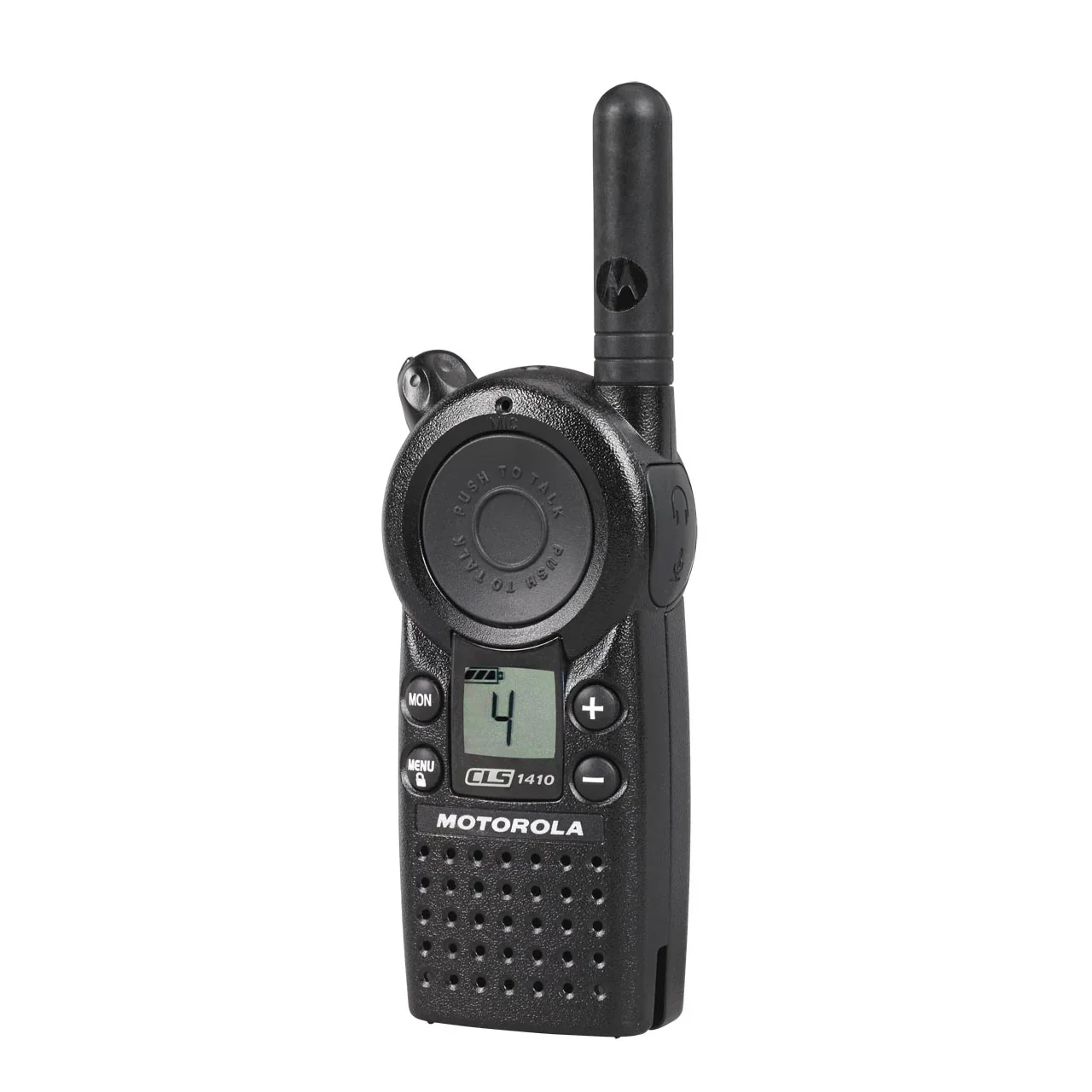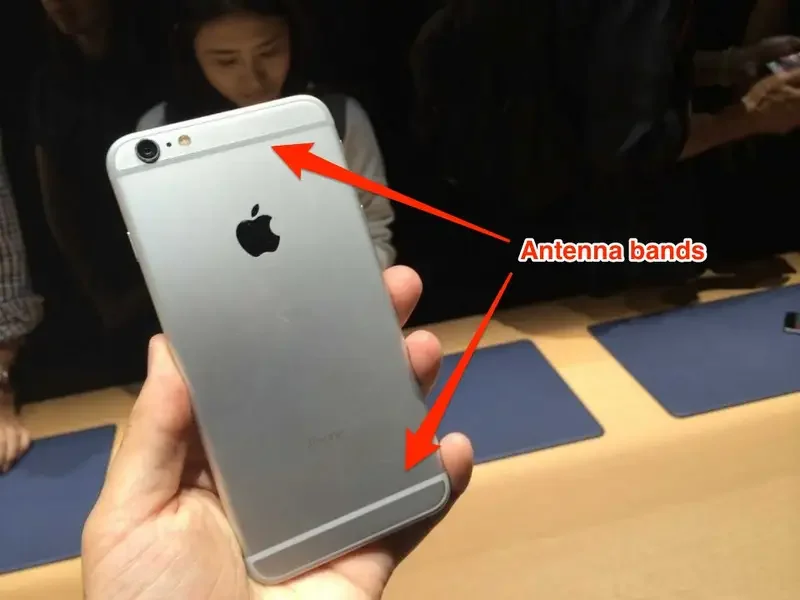Learning how Phone Antennas work!
After taking Signals and Systems, have you ever thought about how exactly can a phone physically hold so many antennas? I mean phones use 3G, 4G, and 5G, all with different wavelengths, like mmWave 5G, 4G LTE, etc etc. Apart from that, phones need an antenna for GPS, NFC, WiFi, and Bluetooth. Each of these use cases need different antennas with different wavelengths, and modern phones need to accommodate all these features, with minimal distortion and lag. So how do they do it? With clever design choices to sneak antenna sections across your phone!
Older designs of antennas
Previously, radios and phones just kept an exterior antenna, with different styles such as a collapsible antenna, a helical antenna, or just a fixed antenna. These antennas were designed to get away from signal blockers, like your head, or face.
Example of a Motorolla CLS 1410, which uses a helical antenna under the plastic cover.
Designing around antennas
Recently, it’s become a common trend to design metal phones. These phones have a nice benefit: you can sneak antennas in them! Modern phones use the sides of the device to precisely carve antennas. If you see lines going across the phone, those are actually there to break up the antennas, so each antenna width can target a different frequency. These are mainly used for cellular, as they’re outside the phone, which means less interference.
Iphone antennas on an older generation iphone
How the iphone breaks up different sections for different wavelengths
Newer iphone with more outside antennas
Even smaller devices!
Recently, devices have been coming out with even smarter ways to hide antennas! The Apple Airpods use gold deposits on a 3d cyllinder, hidden in the stem of the earphone to keep an antenna. This allows them to have a low noise antenna, since it’s farther away from your face, and to be pretty large, since it’s a 3d shape etched into the device. Here’s a look at it.
I hope this blog post can help you appreciate modern antenna design!





